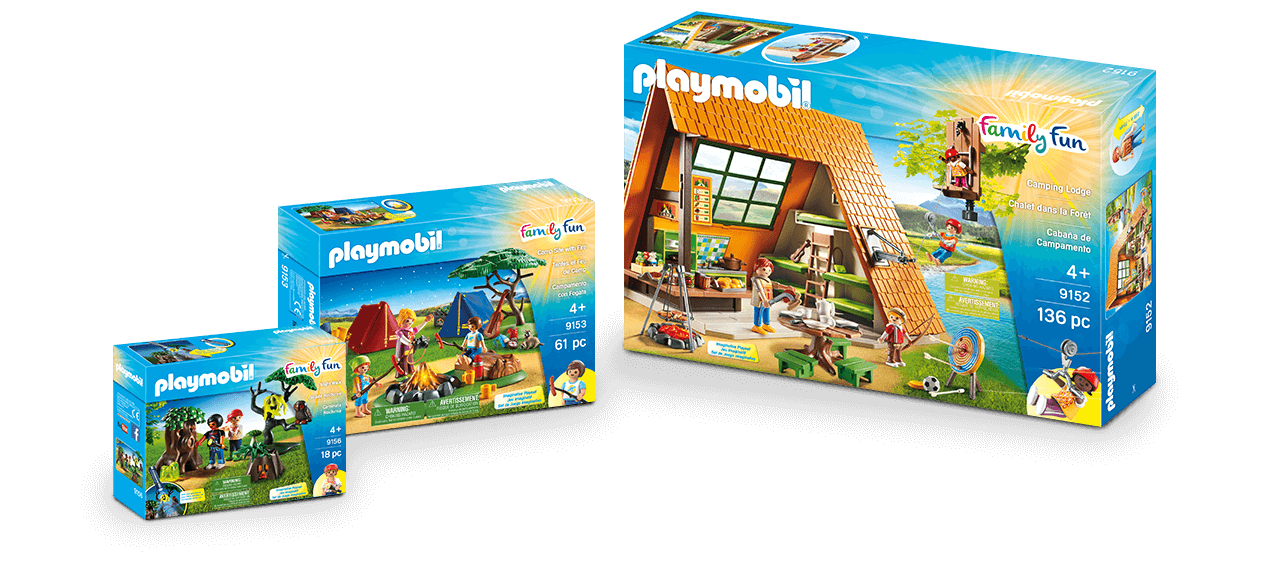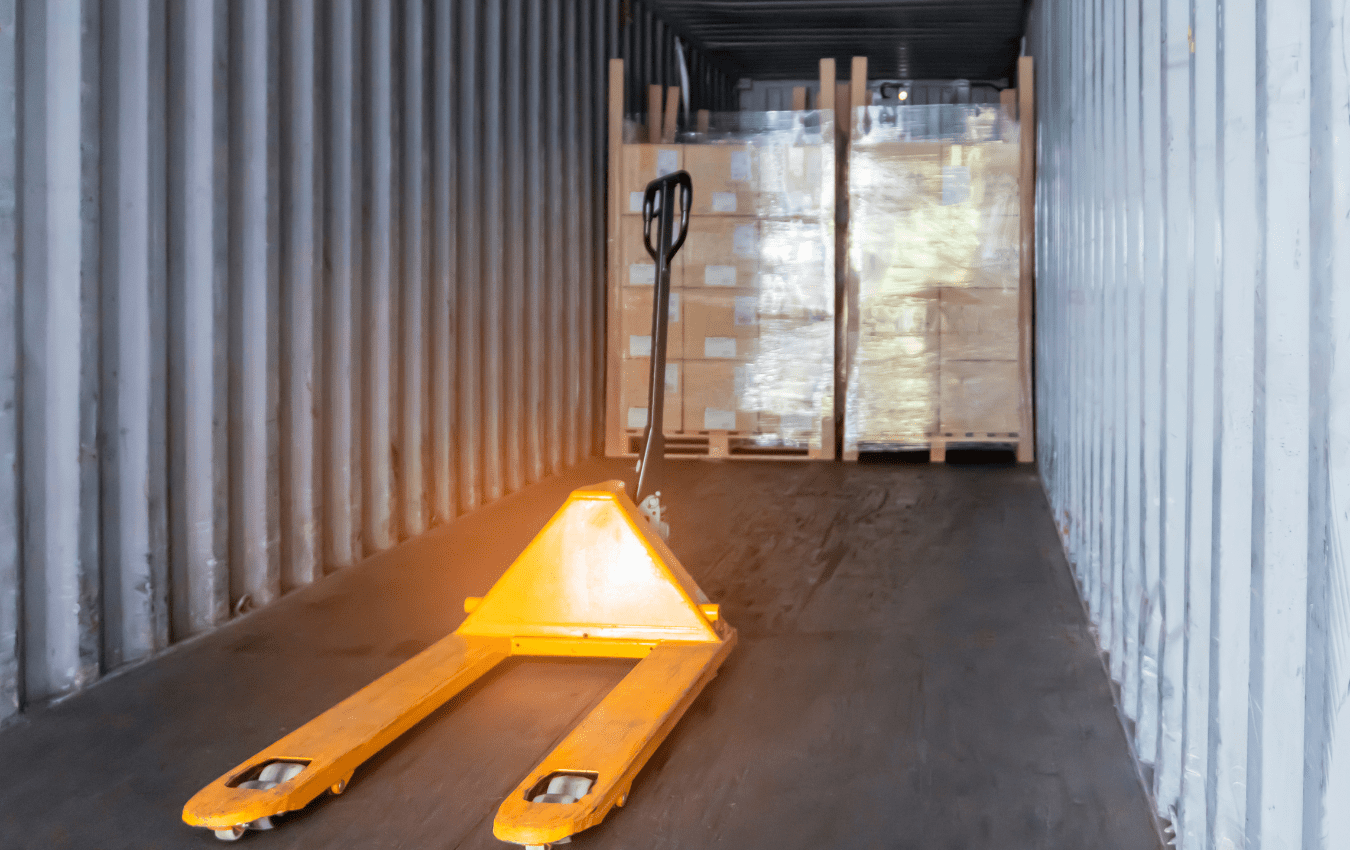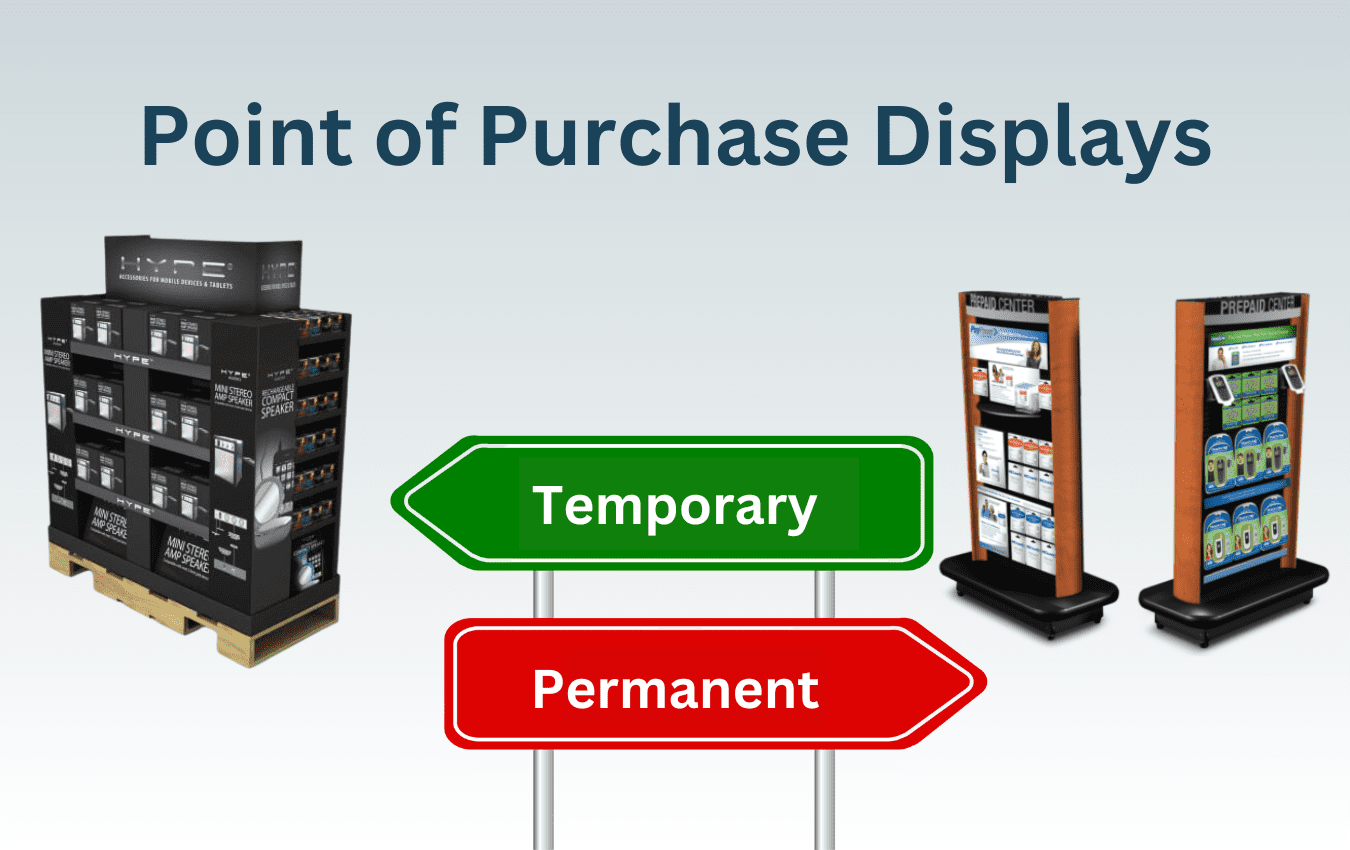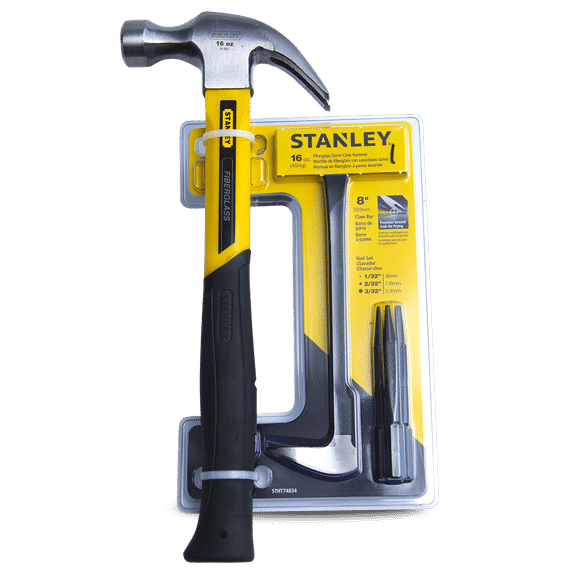Home » The Impact of Size and Weight on Packaging
The Impact of Size and Weight on Packaging

In the realm of packaging, the size and weight of a package are more than just physical dimensions; they are critical factors that influence a range of business operations, from logistics to customer satisfaction. This blog post delves into the multifaceted impacts of packaging size and weight, highlighting challenges and opportunities for businesses.
Shipping and Transportation Costs
The size and weight of packaging have a direct bearing on shipping costs. Carriers often charge based on dimensional weight, which considers both size and actual weight. Heavier and bulkier packages typically lead to higher shipping fees, affecting the overall cost-efficiency of product distribution.

Storage and Warehousing Demands
Packaging size and weight significantly affect warehousing strategies. Larger and heavier packages require more storage space and might necessitate specialized handling equipment, impacting warehouse design, operations, and cost.
Environmental Considerations
Sustainability is a key concern in packaging decisions. Larger and heavier packages consume more resources and contribute to higher carbon emissions during transportation. Sustainable packaging strategies often focus on minimizing size and weight to lessen environmental impact.
Packaging Design and Material Selection
Choices in packaging design and materials directly impact size and weight. Innovative design can reduce packaging size without compromising protection or aesthetic appeal. Lightweight yet durable materials can minimize package weight while ensuring product safety.

Product Safety and Protection
While the primary function of packaging is to protect the product, over-sizing or adding unnecessary weight can be counterproductive. Tailored packaging that fits the product’s dimensions and fragility can provide optimal protection without excessive size or weight.
Customer Experience and Brand Perception
The size and weight of packaging affect the unboxing experience and, by extension, brand perception. Bulky or heavy packaging can be cumbersome for customers, potentially leading to a negative unboxing experience. Conversely, compact and lightweight packaging can enhance customer convenience and satisfaction.

Compliance with Shipping Regulations
Packaging must adhere to various shipping regulations, especially for international trade. These regulations often include restrictions on package size and weight, making compliance a key consideration in packaging design.
Cost Implications and Efficiency
Efficiently designed packaging can lead to cost savings in several areas, including material usage, shipping, and storage. Balancing the size and weight of packaging with the need for product protection and customer appeal is crucial for operational efficiency.
If you are interested in optimizing the size and weight of your packaging, then partner with Brown Packaging today to get started.
As tariff changes reshape global trade, packaging buyers moving production from China to the U.S. or nearshore regions face a new challenge: supplier qualification. Transitioning
With new tariff proposals and continued trade uncertainty, 2026 is shaping up to be another pivotal year for packaging sourcing strategy. Many companies that shifted
Following multiple rounds of tariff changes and trade policy adjustments, 2026 marks a turning point for U.S. packaging buyers. Many who previously transitioned from China
Shifting packaging production from China to the U.S. can help stabilize costs, reduce tariff exposure, and shorten lead times. But the transition process requires careful
RSC boxes are known for their efficiency and versatility, but their performance ultimately comes down to strength. Buyers often see numbers like ECT, BCT, and
In packaging, foam isn’t just about initial protection — it’s about maintaining performance over the entire shipping or storage cycle. Compression set and recovery characteristics
Home » The Impact of Size and Weight on Packaging

Packaging plays a crucial role in the success of a product. It not only protects the product from damage but also serves as a medium

In the intricate world of retail, Point-of-Purchase (POP) displays play a critical role in influencing consumer decisions and driving sales. When it comes to choosing

The visual appeal of a product often determines its success in the market. In today’s competitive retail environment, innovative packaging designs have become a crucial


